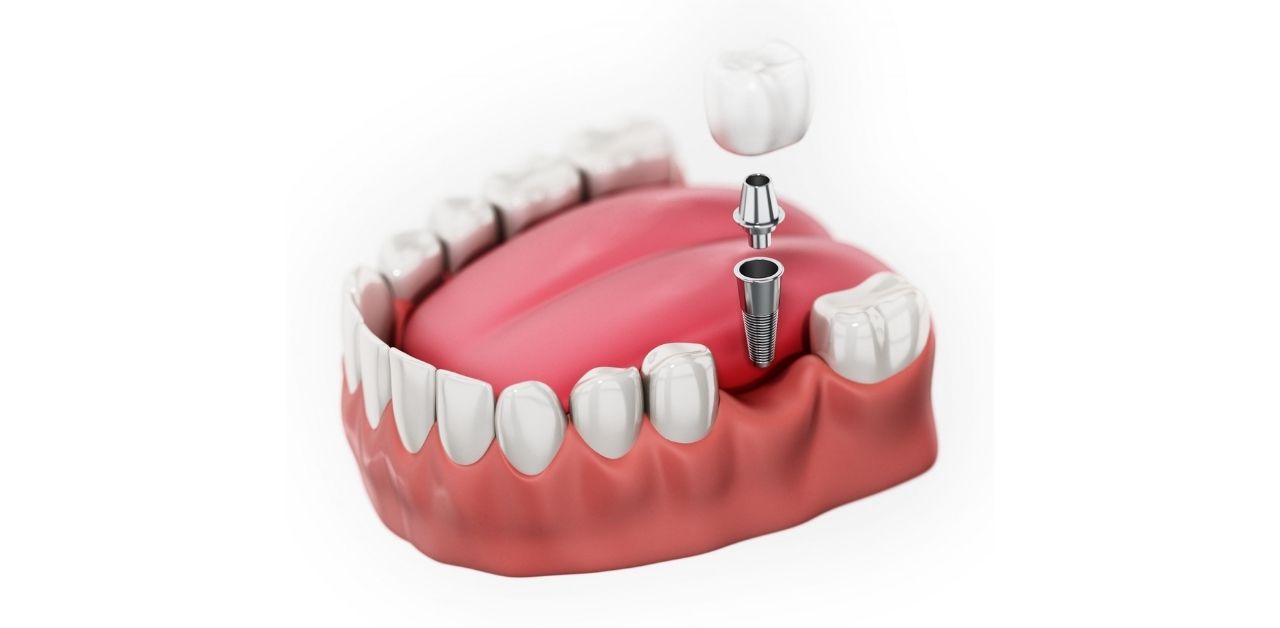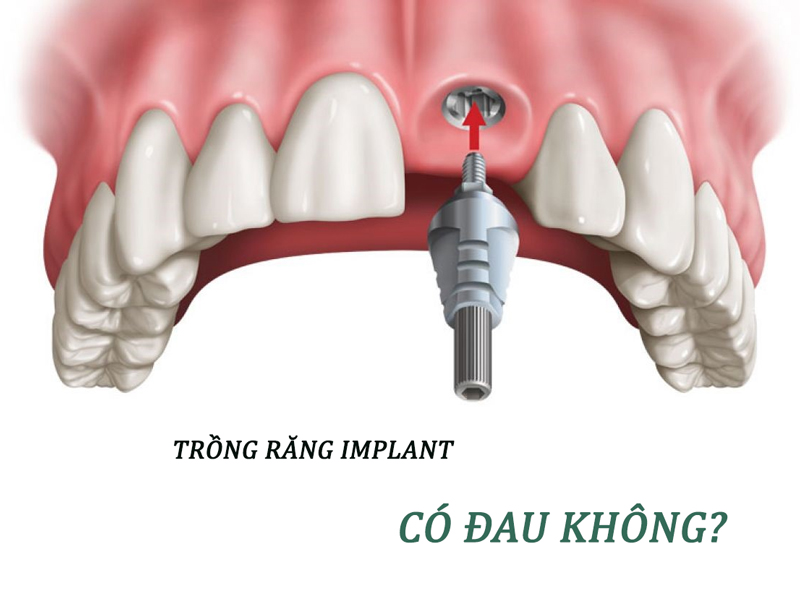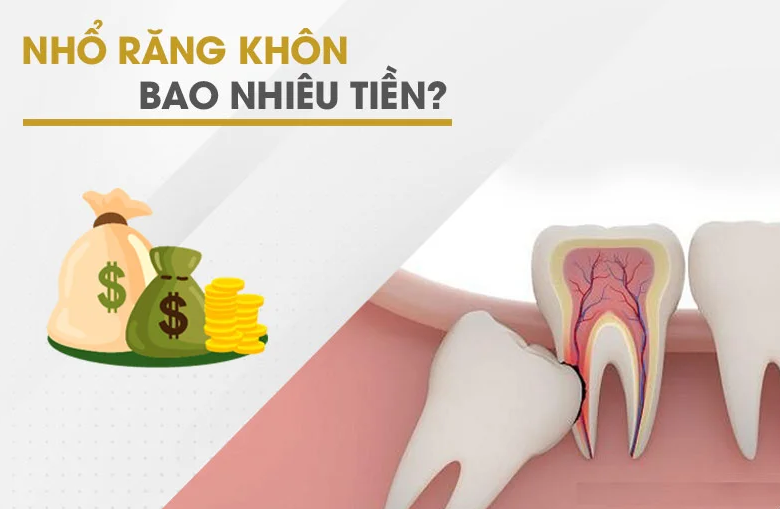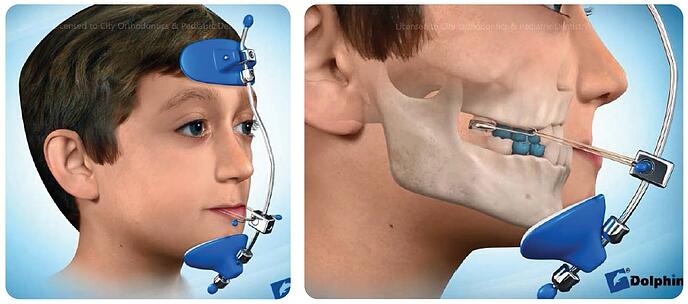Tooth Pain After Getting a Porcelain Crown: What You Need to Know
Porcelain crowns are often chosen to enhance dental aesthetics and restore damaged teeth. While this treatment offers many benefits, some patients experience persistent discomfort or pain afterward, making daily eating and drinking difficult. Identifying the underlying causes and addressing them early is essential to protect oral health.
Why Does Pain Occur After Getting Porcelain Crowns?
1. Existing dental problems not treated beforehand

2. Inaccurate crown placement or technique
The precision of the dentist’s work plays a crucial role in the success of the crown. Each step—from tooth preparation and impression-taking to crown fitting—must be carried out meticulously. Errors in these stages can cause bite misalignment, ongoing discomfort, or difficulty chewing.
Additionally, improper attachment may lead to:
-
Violation of the biological width: If the crown margin extends too deeply under the gums, the body may respond with inflammation, leading to swollen gums and dull pain near the tooth root.
-
Poor crown fit: A crown that is too loose or not sealed correctly may expose parts of the tooth, resulting in sensitivity. However, patients should not confuse this with the intentional margin design by dentists, which sometimes leaves a visible junction to improve cleaning efficiency.
3. Unsuitable diet after crown placement
Post-treatment care is equally important. Consuming overly hard, sticky, or excessively hot and cold foods right after the procedure can put unnecessary pressure on the crown. This may trigger pain, prolong healing, or even reduce the crown’s durability.
4. Dental Trauma
Dental injuries can weaken the structure of both natural teeth and porcelain crowns. Small cracks may extend into the dentin near the pulp, leading to temporary sensitivity or pain, especially during eating and drinking. In some cases, if the tooth is over-prepared and reduced too close to the pulp in order to fit the crown, patients may experience mild discomfort in the first few days after placement.
More severe trauma, such as fractured crowns, cracks that extend into the pulp chamber, or incomplete removal of decayed tissue before crowning, can result in significant pain. When bacteria remain trapped beneath the crown, they may spread to the pulp over time, triggering acute pulpitis. This condition is often characterized by intense, throbbing pain that can radiate toward the head or temples.
5. Temporomandibular Joint (TMJ) Disorders
The chewing system functions like a coordinated mechanism, where the upper and lower jaws must interlock harmoniously—similar to a key fitting into a lock. When this balance is disrupted, the pressure from chewing may not be distributed evenly. Back teeth typically absorb three times more force than the front teeth, and if this load exceeds the jaw’s natural tolerance, both the teeth and the temporomandibular joint (TMJ) can suffer damage.
In patients who undergo extensive restorative or cosmetic work on both jaws, the bite relationship may be altered significantly. The biting force then travels through the tooth roots, alveolar bone, and into the TMJ condyle. This unfavorable distribution often leads to symptoms such as joint clicking, pain in front of the ears, jaw stiffness, headaches, muscle tension in the face or neck, and even difficulty opening the mouth or chewing.
Clinical studies indicate that individuals with pre-existing bite issues, such as severe malocclusion, are at higher risk of developing TMJ disorders after receiving porcelain crowns. The sudden change in bite dynamics can overwhelm the chewing system, causing TMJ problems to flare up. Moreover, in cases where the original canine guidance is lost during reconstruction, the protective function of the canines is diminished. This often results in immediate discomfort, which may worsen over time if not corrected.
Pain Management After Porcelain Crowns
.jpg)
How to Relieve Pain After Porcelain Crowns
-
Rinse with saline solution: Salt water has natural antibacterial properties that can help reduce inflammation and limit bacterial growth around the crown.
-
Apply a cold compress: Placing an ice pack on the cheek near the treated tooth can temporarily relieve pain and swelling. Avoid applying ice directly to the crown itself.
-
Take prescribed medication: Over-the-counter pain relievers such as ibuprofen or acetaminophen can help, but they should only be taken as directed by your dentist. Self-medicating without professional guidance is not recommended.
-
Wear a night guard if necessary: For patients who grind their teeth (bruxism), a protective mouth guard can reduce the pressure exerted on the porcelain crown and ease discomfort.
Professional Treatment Options
-
Violation of biological width: In this case, a crown lengthening procedure may be performed, followed by crown replacement after proper healing (around 3–6 months).
-
Gum inflammation or food impaction: The dentist will provide professional cleaning, gum treatment, and instructions for improved oral hygiene.
-
Poor crown fit or cement leakage: The crown can be adjusted or replaced to eliminate irritation and restore proper function.
-
Untreated dental disease: If underlying decay or infection is present, the crown will be removed, the tooth treated, and then restored with a new crown.
-
Temporomandibular joint (TMJ) disorder: Treatment will focus on realigning the bite and managing joint health to reduce pain.
Choosing the Right Dental Clinic
Tin khác
5 Lưu Ý Quan Trọng Cho Kiều Bào Khi Về Việt Nam Trồng Răng
Ngày cập nhật: 03/01/2026
Hướng Dẫn Trồng Răng Tại Việt Nam Dành Cho Kiều Bào
Ngày cập nhật: 03/01/2026
Xu Hướng Việt Kiều Về Việt Nam Làm Răng Trước Tết
Ngày cập nhật: 03/01/2026
Làm Răng Dịp Tết - Thời Điểm Vàng Được Việt Kiều Lựa Chọn
Ngày cập nhật: 03/01/2026
10 Common Mistakes in Oral Health Care That Can Harm Your Teeth
Ngày cập nhật: 26/12/2025
Where Should Vietnamese Expats Get Dental Work Done to Ensure Safety?
Ngày cập nhật: 26/12/2025
Severely discolored teeth should be whitened or covered with porcelain?
Ngày cập nhật: 22/12/2025
Choosing a Safe Country for High-Quality Dental Care
Ngày cập nhật: 20/12/2025
Should You Get Porcelain Veneers for Your Front Teeth?
Ngày cập nhật: 20/12/2025
Người 50–70 Tuổi Có Thể Trồng Implant Không?
Ngày cập nhật: 05/12/2025
Ưu đãi lớn tháng 12– Trồng Implant giảm sâu 30% tại nha khoa Lotus Smile
Ngày cập nhật: 05/12/2025
Ngăn tiêu xương hàm - Cấy Implant giúp ăn nhai chắc khỏe như răng thật!
Ngày cập nhật: 05/12/2025







.jpg?cache=2025-12-22-15:29:20)










